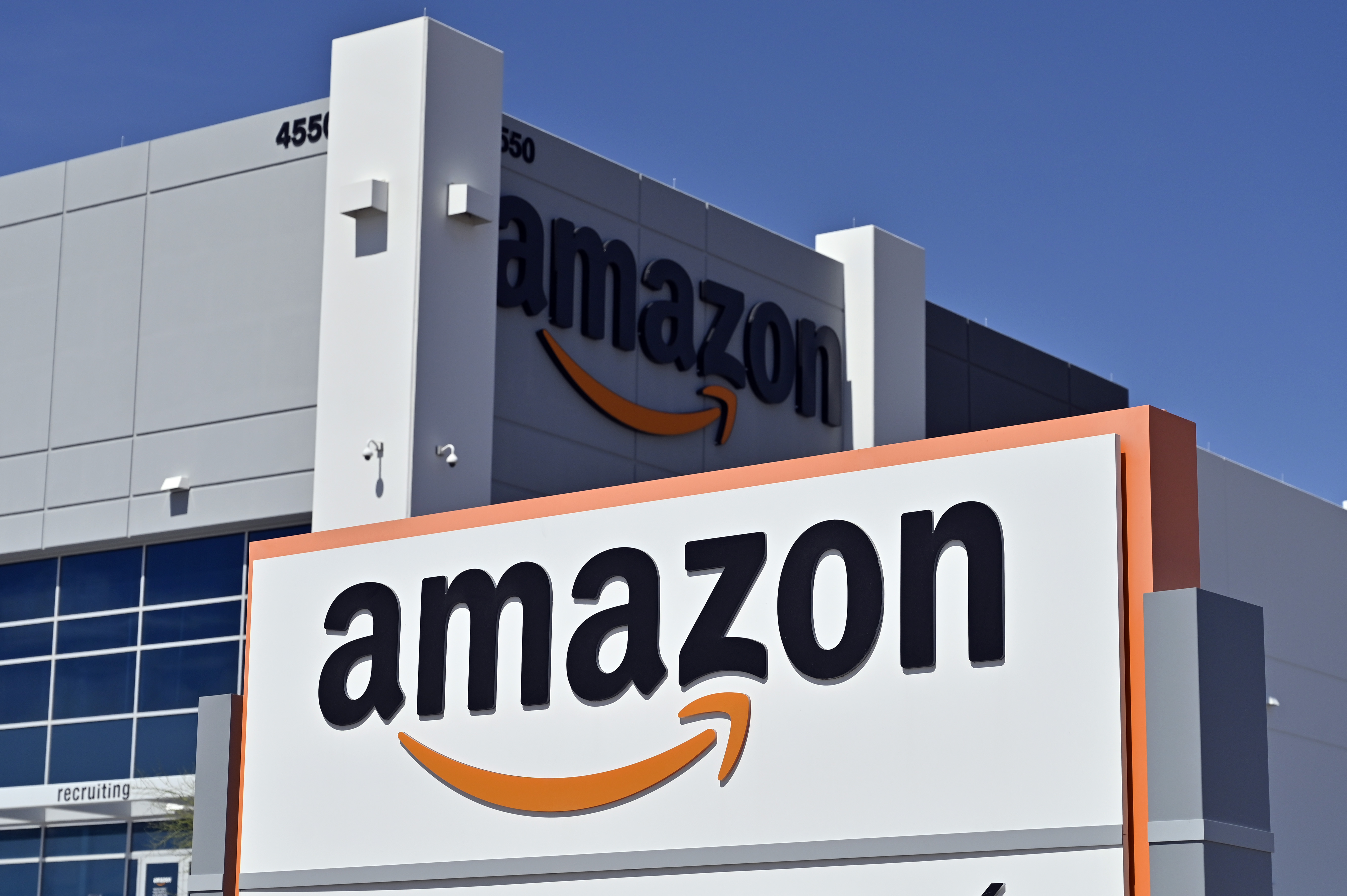Amazon Earnings report is out and this is what we know and how we expect the stock to perform
- Posted on August 04, 2023
- Stock Market
- By admin

E-commerce and advertising were the primary drivers of positive outcomes, while AWS revenue demonstrated stability and exceeded expectations, accompanied by an optimistic outlook. Ongoing operational enhancements propelled the company to achieve its strongest operating margin in the past two years.
We anticipate robust long-term growth propelled by the proliferation of e-commerce, the strength of AWS, and advertising. Presently, the immediate concern shifts from business cloud spending to the well-being of consumers. Factoring in recent results and guidance, we are revising our fair value estimate for the stock from $137 to $150 per share, projecting modest upside potential.
Promising developments are evident across various segments. Second-quarter revenue increased by 11% year-over-year, both in reported figures and constant currency, reaching $134.4 billion, surpassing the high end of the projected range of $133 billion. Notably, the pivotal AWS and advertising segments achieved growth rates of 12% and 22% respectively, compared to the corresponding period a year ago. Amazon's growth in this realm continues to outpace that of its major internet counterparts.
Within segment performance, the most substantial upward momentum stemmed from online stores, third-party seller services (3P), and advertising. Physical stores performed as anticipated, while other segments slightly exceeded expectations. Across various retail categories, year-over-year revenue growth was as follows: online stores grew by 4%, physical stores by 6%, 3P by 18%, and subscription services by 14%. The pace of paid unit growth also showed a modest acceleration, achieving a 9% year-over-year expansion.
Operating profit reached $7.7 billion, surpassing the upper range of the guidance at $5.5 billion. Consequently, the operating margin improved to 5.7%, compared to the 2.7% margin from the previous year. Both North American and AWS margins displayed sequential expansion, while international margins continue to narrow losses.
Our previous apprehensions concerning AWS have been alleviated, as the segment demonstrated stabilization throughout the quarter and into July. Optimized efforts and the integration of new workloads contributed to this positive trend. This mirrors observations made by Microsoft about Azure's recent performance. The management maintains a favorable outlook for AWS, continuing substantial investments in the segment. We maintain our belief that the shift towards public cloud adoption remains a significant opportunity, with AWS leading the way.
The company appears to have entered a secondary phase of margin enhancement following the extensive expansion during the COVID-19 pandemic and its subsequent challenges as lockdowns were lifted. The implementation of a regional fulfillment model has expedited delivery times and reduced costs. Amazon's commitment to enhancing margins extends across various fronts, encompassing improvements in fulfillment network productivity, transportation, and the entirety of the business.
Amazon's prowess in artificial intelligence (AI) remains noteworthy, with the management highlighting their longstanding involvement in AI and machine learning endeavors. Amazon emphasized its AI capabilities, boasting over 25 AWS services, proprietary designed chips, its managed AI service named Bedrock, and Titan, a family of extensive language models. AI is deeply entrenched in Amazon's operational framework, positioning the company as a frontrunner in AI, given the substantial resources required for building, training, and deploying such models. Management's optimism regarding Amazon's leadership in this field aligns with our perspective.


Be the first to comment!
You must login to comment